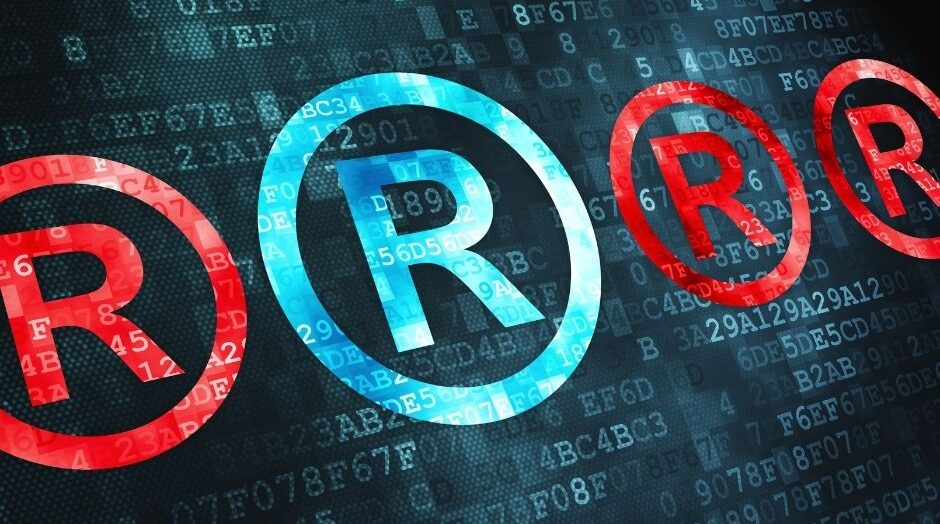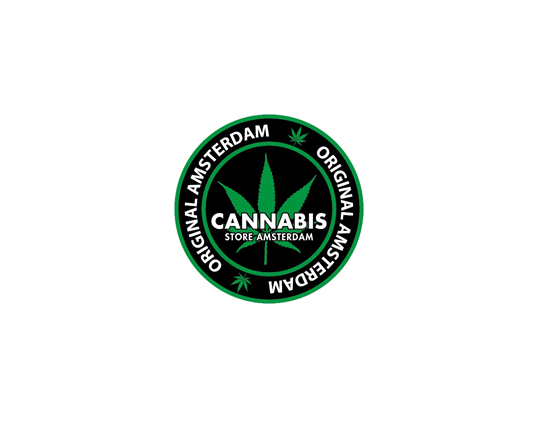Black forest (Polish “czarny las”, German “Schwarzwald”) as a trademark destined among others for the marking of clothing and footwear, seems to be a catchy and original sign, and most importantly – it seems to fulfill the requirements necessary for trademark registration. However, upon making the choice of one’s trademark, one also has to take into consideration the fact whether it does not correspond to a geographical indication, which may be cited as an obstacle to registration.
A collision with geographical indication
This is exactly what happened with the European Union trademark registration “black forest” destined for “clothing, footwear, headgear, footwear for recreation and sport, clothing for recreation and sport” in class 25.
The decision of the Chamber of Appeals of the European Union Intellectual Property Office (EUIPO) as of 8th April 2020 upheld the earlier decision of the EUIPO on cancellation of the trademark “black forest” in respect of goods from class 25.
The decision has been based upon Art. 7 pt. 1 letter c) of the Regulation on the Trademark of the European Union, according to which:
“Trademarks which consist exclusively of signs or indications which may serve, in trade, to designate the kind, quality, quantity, intended purpose, value, geographical origin or the time of production of the goods or of rendering of the service, or other characteristics of the goods or service, shall not be registered.”
Black forest = Schwarzwald
Schwarzwald is an important tourist region and a popular place for recreation in Germany. It is a large but low forested mountain range in the south-western part of Germany and it extends over the area of more than 6000 km2. What is more, in close neighborhood of the region, across the Swiss and French border, there are important economic centers – the cities of Basel and Strasburg. It is a widely visited tourist area, being in particular famous for spas and thermal baths.
In 2014, at the moment of filing the application for the discussed trademark, the Schwarzwald region was visited by more than 7 million tourists, out of which 2 million were British. Subsequently, the percentage of British tourists visiting the region in the years 2004-2016 varied between 6,6% and 3,9% of the total number of visitors. It demonstrates a close connection of the region Schwarzwald with the tourist branch in the UK.
The term Schwarzwald can be directly translated into English as “black forest” (Polish “czarny las”). The official regional websites of Schwarzwald give the English counterpart of this name – “Black Forest”. Therefore, it has to be assumed that for an English-speaking consumer, the designation “black forest” will also mean the tourist area in southwest Germany.
The EUIPO has also noticed that many manufacturers of clothing and textiles have their locations and are running business activity in the region of Schwarzwald. These are predominantly goods of high quality, sports clothing, and also world-famous traditional folk costumes as well as straw boots, which are characteristic for that region and which have been manufactured there for decades.
In the light of all the above facts, from perspective of the relevant circle of consumers, there exists a connection between the goods in class 25 and the designation “black forest”, because the trademark has been made of the term being a geographical indication. Some kinds of clothing and footwear are made in the region of Schwarzwald, therefore an average consumer of these goods will find connections between the goods and the name of the origin.
The criteria of assessment
In the course of making the analysis of collision of a trademark with geographical indication, one has to take into consideration three criteria, namely it is necessary to:
– determine whether a sign constitutes a geographical term;
– determine the relevant circle of consumers;
– determine whether the examined geographical term is known to the relevant circle of consumers.
Upon making the assessment, it is essential to take into consideration the model of an average consumer of the relevant kind of goods. It is not necessary that the designation indicates in a genuine way the source of origin of goods, but it is only sufficient if the name of a location is associated by the relevant circle of consumers with the offered goods.
What is also relevant is the size as well as economic and business importance of a given geographical region. The reputation and character of a geographical name play crucial role in checking the connection between the indication and the goods, which are to be protected therewith. Considering that the region is large and it is known for the quality of goods of a specific category, the registration of its name as a trademark may have impact upon the situation of competitors in that region.
A monopoly on a geographical indication is inadmissible
After applying the above criteria in the subject case, the EUIPO stated that from the point of view of the relevant English-speaking circle of consumers, there exists a sufficiently direct and specific connection between the region Schwarzwald and the goods from class 25. The English-speaking consumers, in the context of the discussed goods, will immediately interpret the term “black forest” as a descriptive designation, relating to the geographical origin. The trademark “black forest” describes geographical origin of goods from class 25.
As regards geographical indications referring to the place of origin of goods or the place of providing services, it is in general interest that they remain free in the public domain. Therefore, registration of a trademark indicating a specific geographical localization, which is famous for particular goods or services, shall not be possible.
However, one should remember that not every geographical indication serves as an indication of origin of goods. Consequently, a geographical indication which is unknown to a specific circle of consumers, or which does not indicate the source of origin of goods, may be registered as a trademark.

Joanna Rafalska is a patent attorney in Trademark and Industrial Design Department at Patpol. She graduated from law at the Catholic University of Lublin, and completed post-graduate studies in intellectual property law at the Jagiellonian University. At Patpol, she supports the work related to obtaining and maintaining protection of trademarks and industrial designs of our clients. Contact with the author













